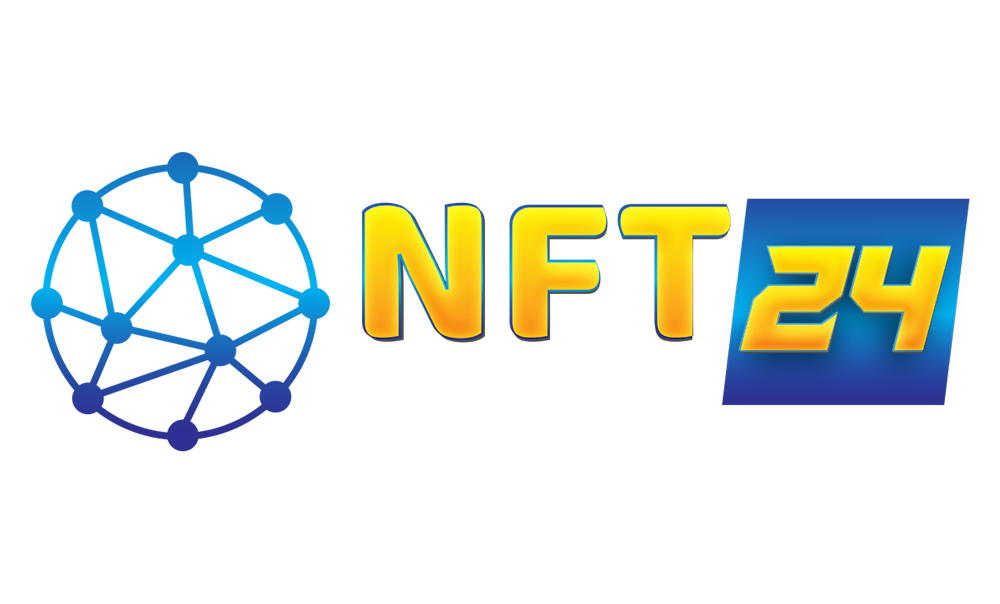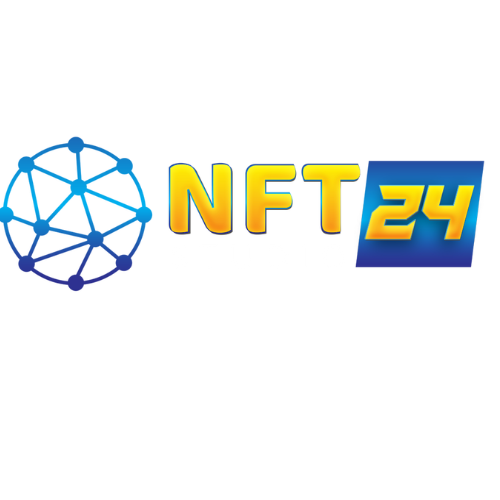Scott Melker, the Crypto Analyst, Trader, and Podcaster, in his recent interview with Cointelegraph, breaks down his own financial and crypto portfolio and gives advice on Ethereum investment to young and new traders.

Scott’s portfolio is an attraction for all the traders. It balances all the aspects of trading while remaining under budget. For an ideal portfolio, traders can follow this ratio to remain stable in the market.
His portfolio is divided into three parts:
- 70% long-term holdings
- 15% cash for buying dips
- 15% for trading opportunities
In long-term holdings, 60 percent is Bitcoin, 30 percent is Ethereum, and 10 percent is other investment-worthy things.
In the interview, Scott details his portfolio:
- He tries to balance this ratio despite ups and downs in the market, but it can fluctuate at times.
- He re-balances the portfolio so that it doesn’t go out of whack every six months.
- 10% Others are dusted off great trade; something he invested early and performed well. So, he doesn’t sell the entire position.
From his overall financial portfolio, the larger part is in crypto: “I’m probably 60-65% crypto of my entire portfolio.” He still buys hard assets, like land for a safeguard.
Within the long-term holdings, Scott has 60 percent Bitcoin in his portfolio. He expresses positive remarks on Bitcoin’s recent performance in the market. He sees Bitcoin as an “uncorrelated asset and has a chance to perform well even in the macro headwinds.”
Since the Bitcoin market has remained stable for the first quarter of 2022, there has been an anticipation that maybe the Bitcoin will remain stable. Mike Novogratz claims “We shouldn’t expect Bitcoin to rally this year because the Fed is raising interest rates.”
According to him, the interest rates are going to get high because Bitcoin has a market of its own. He authenticates his argument by using Markowitz’s modern portfolio theory, which says:
- 0 is utterly uncorrelated
- 1 is completely uncorrelated
- -1 is inversely uncorrelated
Bitcoin falls to 0.16, so it is an utterly uncorrelated asset to stocks. This means that even if Bitcoin goes down, it will be temporary and short.
30 percent of Ethereum on Scott’s portfolio speaks volumes about his confidence with it. He is convinced that Ethereum has a promising future, and traders should make long-term investments in it. Being the rivaling crypto coin against Bitcoin, Ethereum has the capability to rise in the next 10 years.
“Ethereum’s price will rise to $10,000 by this year,” says Scott. Ethereum is strong and people should focus on investing if they have enough funds. He wants traders to have exposure to Ethereum because it is nowhere going down as a rival to Bitcoin.
But, instead of focusing on the smaller projects within Ethereum that have huge risks, traders should invest in major layers of 1s on which the blockchain infrastructure is built.
“We live in a multichain world. Invest in projects that make you interoperable Cosmos, Atom. Any small project could go nuts. So, just own layer 1 they’re built on just to be saved.”
Ethereum’s upcoming merge has great anticipation but also the risk of failure. Many traders are scared to invest, while others are ready to pull in as soon as it is announced.
Scott advises people to “zoom out.” Based on his experience as a veteran trader, he believes every project has a risk and the best thing to do is wait until the market is stable.
“It’s hard to make a prediction, I say zoom out. It is a bullish event for Ethereum, and when you zoom out in the long-term you will see massive price growth. Give it some time.”
Scott’s expert advice, as a veteran trader, holds great importance to the new traders. He expresses an optimistic side for Bitcoin but maintains a middle ground in terms of Ethereum’s upcoming merge. Although Scott looks forward to Ethereum’s status, which he expects to rise with time, it really depends on what the situation unveils.
Want to follow the latest NFT and crypto trends? Here at NFTStudio24, we aim to provide the latest NFT and crypto NEWS to help you make informed decisions.












